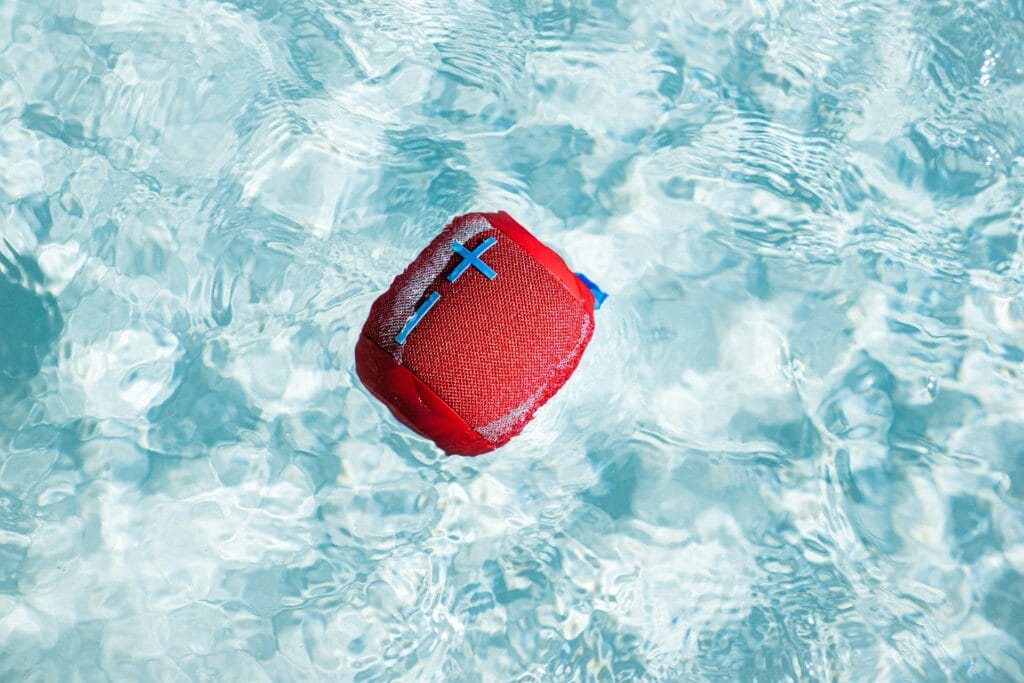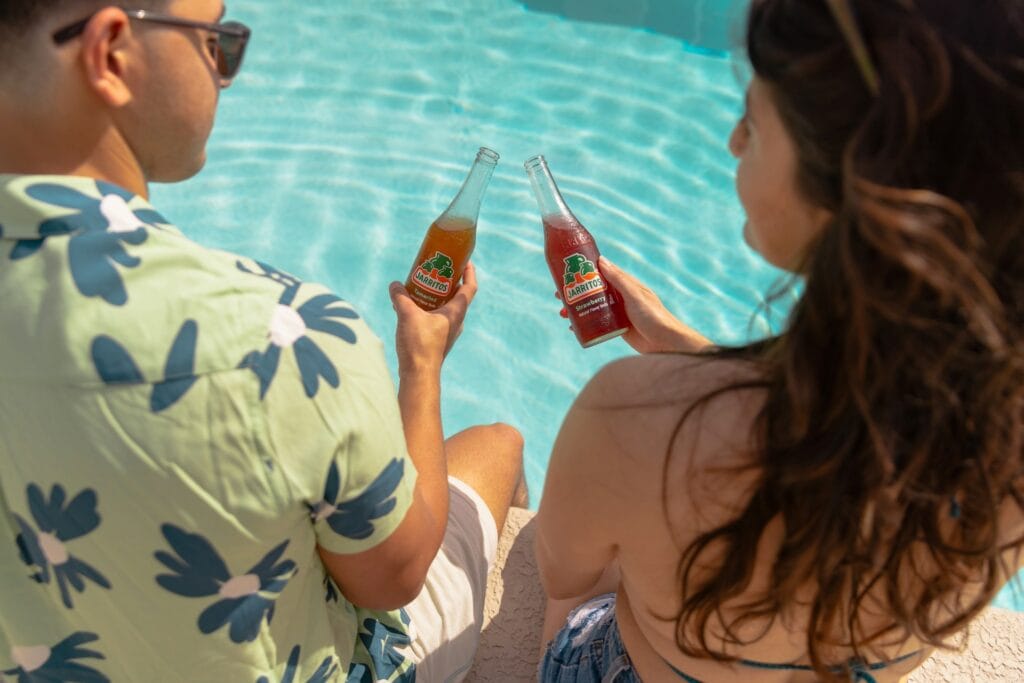Learn about What Is Baking Soda Used for in Swimming Pools. Discover how baking soda assists in swimming pool water quality by balancing pH, inhibiting cloudiness, and safeguarding equipment for a safer, more comfortable swim experience.
Swimming pools are man-made facilities with water that are constructed for organized activities like swimming, sun-bathing, and others. Swimming pools may either be above or below ground, and according to the activities being carried out therein, or for what purpose adversities will be running therein, they vary in size, shape, and depth.
What is Baking Soda?
Baking soda is used in kitchens, for cleaning, and sometimes for certain health concerns, and appears as a white powder. It makes food rise and removes stains while some say it can relieve pain. Baking soda is utilized in swimming pools since being saturated with water is its natural characteristic; alkalinity is used to raise the pH and improves view of quality.
Types of Pools
There are different types of pools for human beings. For example, there are inground pools that are fixed to the ground and above-ground pools that disassemble and put away. Like concrete, fiberglass, or vinyl pools have offerings and downfalls, coupled with innumerable designs available.

Uses of Swimming Pools
Swimming pools are used for multifarious activities boating and recreation exercises, to physical fitness exercises. They can be effectively utilized for swimming, water aerobics, sunbathing or basking, and for developing social relationships. Competitive swimming, diving, or water polo is another type of such pool usage. They are also great exercise spaces for all, due to their low-impact nature.
What Is Baking Soda Used for in Swimming Pools?
Baking soda or sodium bicarbonate is added to water in swimming pools to raise the pH level and alkalinity level. This is important to maintain the balance of the water, to avoid corrosion on pool parts, and to increase the comfort level for swimming. Also enhances the effectiveness of the sanitation system and reduces swimmer skin irritation.
Baking soda maintenance is but one of the several chemical treatments to swimming pools intended to maintain swimming pools hygienically safe for swimming.
1. Adjusting and Stabilizing pH Levels
Bicarbonate of sodium maintenance in swimming pools is part of the balancing of pH. Swimming pools remain much more pleasant when pH is maintained at between 7.2 and 7.8. Furthermore, acidic low pH waters can irritate the skin and eyes and cause corrosion harm to pool equipment. The use of baking soda increases that pH to a slightly alkaline environment more gentle than the naked skin.
2. Boosting Total Alkalinity
The second method for pH stabilization is total alkalinity (TA). For pools, the ideal TA range is from 80 to 120 parts per million (ppm). With low alkalinity, pH becomes too irregular to achieve easily any water chemistry goals. Baking soda raises alkalinity without unduly raising the pH and thus stabilizes your chemical balance.
3. Preventing Pool Water Cloudiness
Alkalinity causes murky or cloudy water in pools, and the use of baking soda further prevents imbalance for clear waters. This last action of testing and adjusting alkalinity, often with the use of baking soda, boosts water clarity and enjoyable swimming.
4. Protecting Pool Surfaces and Equipment
Corrosive water damages pool liners, ladders, and so on. Acid waters having very low pH corrode the metal parts and become weaker over time on the surfaces of pools. In this way, baking soda acts as a corrosion protector and prolongs the life of equipment in pools by stabilizing the pH and increasing the alkalinity.
5. Enhancing Swimmer Comfort
Unbalanced pool water can cause skin and eye irritation. Low levels of pH and alkalinity make swimmers experience discomfort, a reddish look, and dryness. However, introducing baking soda to the pool provides a soft water environment ideal for swimming.
6. Assisting with Pool Stain Removal
Baking soda is a very mild abrasive. Using it as a pool surface cleaner will provide an excellent result. It could be used to remove algae stains and waterline buildup and scrub dirt from tiles without damaging the overall pool finish. Stubborn stains can also be directly sprinkled with baking soda, and scrubbing with a brush can remove organic buildup.
7. Preventing Algae Growth
Baking soda does not kill algae directly; it paves the way for a balanced environment in the swimming pool where algae cannot thrive. Proper alkalinity and perfect pH make conditions unfavourable to algae growth and reduce excessive chemical application on the pool.
8. Reducing Chlorine Demand
Chlorine acts better at a balanced level of alkalinity and pH. At very low pH, chlorine gets destroyed easily and requires replenishment. Well-balanced pool water, by using baking soda, could be very efficient in using chlorine and reducing the usage of extra sanitizers for the pool owner.
Does Baking Soda Help Cloudy Pool Water?
pH balance disturbance owing to the accumulation of sediments and poorly sized filtration causes cloudy water. This baking soda clears the water because it balances pH levels to control the production of toxins from algae blooms and allows chlorine to function properly.
Pros and Cons of Using Baking Soda
Pros:
✅ Affordable and Easily Available
This is an inexpensive pool maintenance material that is available at any of the grocery stores and can be afforded by most pool owners.
✅ Stabilizes pH and Alkalinity Levels
The alkalinity and pH balance in the swimming pool water are made for the comfort of the swimmers and upkeep of the swimming pool property.
✅ Reduces Eye and Skin Irritation
Sodium bicarbonate also has other advantages in minimizing swim irritations caused by low pH, hence providing swimmer comfort.
✅ Safe for Swimmers and Pool Equipment
It provides a super-soft solution that will never, ever harm any swimmers or pool equipment, thus protecting its users as well as the pool itself.
Cons:
❌ Doesn’t Kill Bacteria (Not a Disinfectant)
The baking soda does soften water though does not disinfect; it will not kill any of the harmful bacteria or other pathogens within the water.
❌ Overuse Can Cause Cloudy Water
In fact, excessive amounts of baking soda could somewhat convert pool water into a cloudy state, thus requiring some treatment for its corrections.

FAQs
1. Can baking soda remove algae from my pool?
No, not really. But it helps keep the balance of water, so chlorine can work better in fighting the growth of algae.
2. Can I swim immediately after adding baking soda?
Generally, it is safe to swim after adding baking soda however, it is advisable to wait for about 6 hours after addition for proper dissolution and circulation for optimal results.
3. Is baking soda safe for all pool types?
Yes! Baking soda is entirely safe in either kind of pool: salt water or chlorine. It will in no way harm pool liners or equipment, which makes it an incredibly useful product to have for pool maintenance.
Conclusion
Baking soda is a low-cost and high-quality solution to the maintenance of swimming pool water quality. Not only does it stabilize pH and alkalinity but also prevent cloudiness and corrosion. It performs all these tasks for pool maintenance while ensuring the water is clear, clean, and comfortable enough to swim in, and in turn, its constant use makes equipment and pool surfaces last longer.
